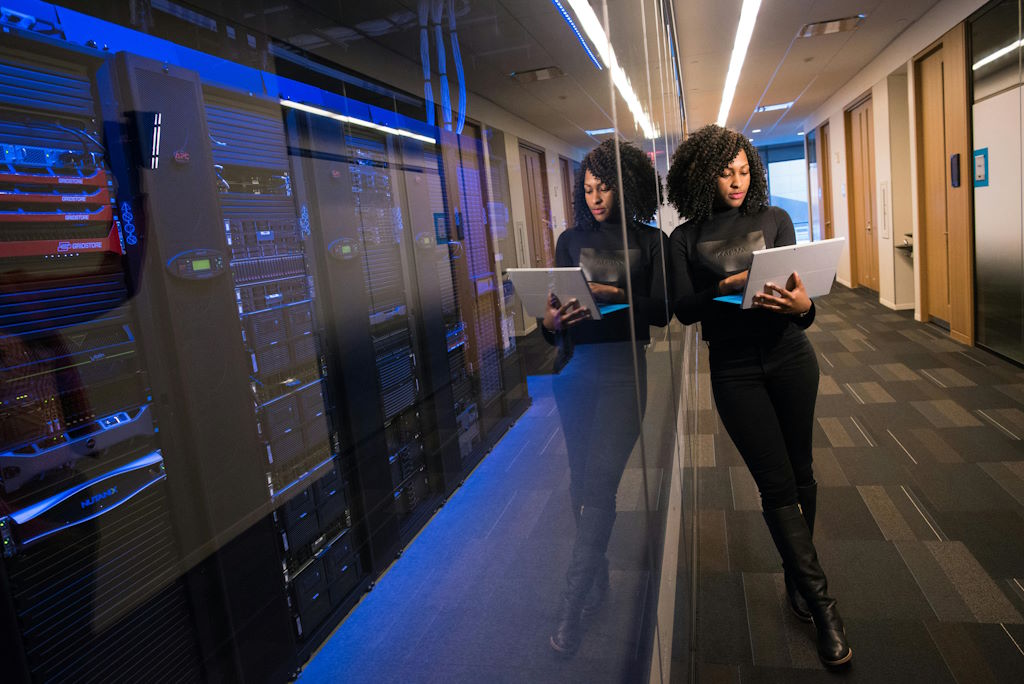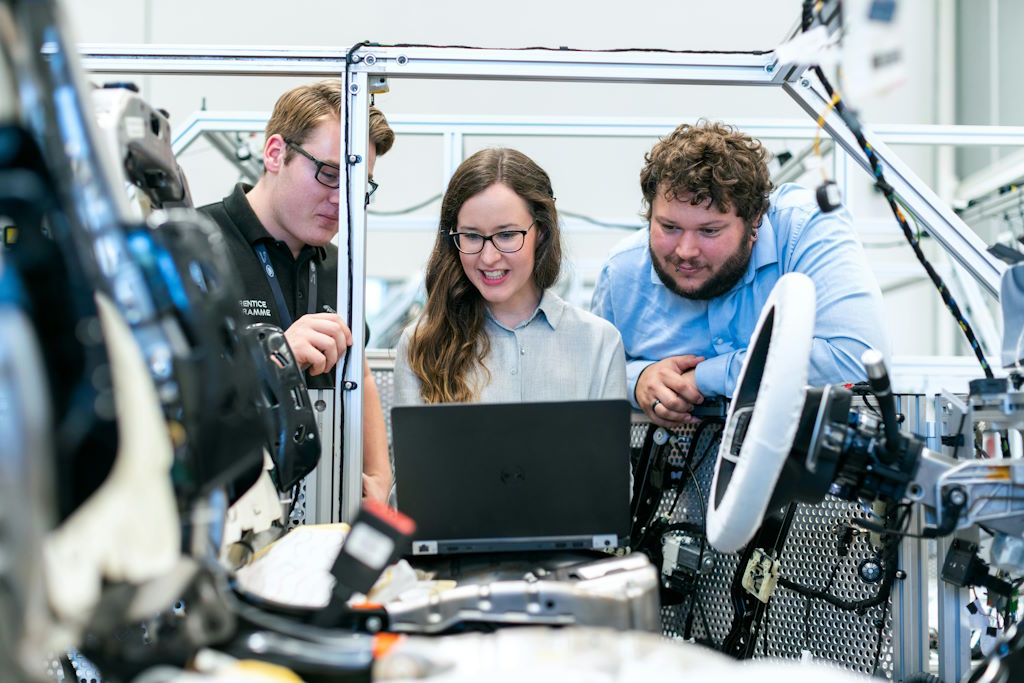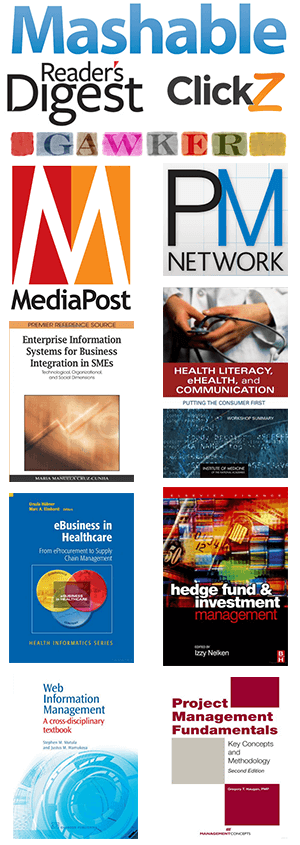Existence Beyond: Emerging Edge Technologies Defining Business Victory in 2025
In today's competitive marketplace, successful companies are not the ones clinging to convention but the ones moving boldly toward innovation. As 2025 continues, technological breakthroughs redefine not only companies' operations but companies' positioning to dominate in their respective industries. For executives, positioning oneself in front of such a change isn't a matter of preference but survival.
But options shroud the future. There's a new tool and platform arriving every single day, one that claims to be the silver bullet for growth. Wherein lies the issue, of course, is knowing which ones actually drive performance and drive profitability. With that in mind, let's go through a few of the most powerful, but perhaps least discussed, technology options for companies to streamline operations, maximize efficiency, and, in the long-term, drive their bottom line.
 Via Pexels
Via PexelsAI-powered Personalization for Customer Retention
Customer experience (CX) has transitioned from a competitive edge to a survival imperative. Delivering hyper-personalized experiences is no longer an Amazon and Netflix-only prerogative. AI-powered personalization platforms scan a million-plus data points in real time, customizing each individual's journey according to behavior, preference, and even emotion.
Imagine a retail store with a consciousness of a customer's preference for ecologically friendly products. With AI, such a store can effortlessly include ecologically friendly substitutes, make complementary purchase recommendations, and even reactivate re-engagement programs—all with zero intervention involved. Most importantly, such a level of personalization creates heightened loyalty and reduced churn.
Companies that prioritize customer lifetime value (CLV) over one-time transactions can have a significant impact on their bottom line. AI can make such a prioritization a reality, and enable your customers to understand, appreciate, and consistently enjoy your offerings.
Intelligent Automation in Operations
Automation no longer stops at mere execution of tasks. Greeted with a new age of workflows that can learn and adapt, automation today can mean a lot more. Consider dynamic scheduling software that dynamically re-routes factory production lines according to real-time inventory information. Or robotic process automation (RPA) that continues to adapt and become smarter over a period of time.
For one, logistics providers have started utilizing AI-powered automation for simplifying last-mile delivery, a notoriously inefficient and costly part of supply chains. With incorporation of machine algorithms, companies can make forecasts about traffic, weather-related outages, and even demand shifts at a region level, and save a significant portion of transportation cost.
But efficiency isn't all about automation. It sets your most important asset free—your talent. Workers can reallocate workloads from routine processes to high-value, high-potential, and high-priority initiatives that drive top-line growth and build long-term competitive differentiation.
High-Performance Predictive Analysis for Sound Decision-Making
In a period of information overload, not having access to additional information but knowing how to interpret it is value-added. With predictive analysis software, executives can make wiser, fact-based decisions with added confidence. Software programs utilize past information and analyze trends in an attempt to make forecasts for such disparate items as sales trends and equipment failures.
For instance, manufacturers have started utilizing predictive maintenance technology, which detects faults in machines in anticipation of downtime and its expense. On the sales side, companies utilize buying behavior to predict spikes in demand and control inventories in an optimized form.
And not even for big companies alone. Midsize companies can integrate predictive capabilities into operations at a budget not necessarily enormous in scale. What a group of data scientists could accomplish in days can today be achieved with cloud platforms and AI algorithms.
Consider how much smarter your business will become when, six months beforehand, demand for your best seller will boost. You'd rebaseline production timelines, double down on marketing, and secure supply deals to generate most of your sales. That's what predictive analytics can make for you.
Immersive Collaboration Tools for Virtual Collaboration
Remote work is no longer an ad hoc arrangement, but a staple in business life. But successful management of offsite workers requires more than a succession of Zoom sessions and messages in an inbox-basket. As immersive collaboration tools expand, collaboration and innovation in work life are being reimagined.
Here is your design team, situated on three disparate continents, collaborating in a virtual shared environment in real-time with 3D model work. Forget about delayed timelines for file sending and miscommunication regarding static shots.
AR and virtual reality platforms make such a scenario a reality in today's times. With them, companies can develop rich, immersive environments in which problem-solving and thinking can run free. Productivity, in such a case, takes a boost, and expensive project overruns become a less frequent incident.
For businesses, the implications go deep. With less downtime for inefficiencies, there is more time for critical programs, shorter development cycles for goods, and, in the long-term, a competitive advantage.
 Via Pexels
Via PexelsScale Ecosystems in the Cloud
The days when IT infrastructure could act as a bottleneck for expansion are long gone. With cloud technology having reached a level of maturity, companies can expand (or contract) in an instant according to demand. What's actually changing companies in 2025, however, is the emerging era of interconnected cloud environments.
They allow disparate departments and applications to access and share information seamlessly. That a marketing group leveraging CRM information to drive automated campaigns? That's not a big stretch. But picture your supply chain platform providing real-time demand forecasts to finance and HR, allowing for quick budget planning and workforce planning.
Such integration is changing the way companies run operations. One such example is when companies integrate ERP with powerful BI tools. For instance, a NetSuite Power BI Connector can allow one to visualize NetSuite data in Microsoft Power BI. What happens? Interactive, real-time dashboards with real-time insights into critical operations and leaders can make rapid and wiser decisions.
Cybersecurity as a Business Enabler
Trust in an age of technology is a form of currency. Cybersecurity is no longer a cost but a key part of a business model. Organizations that don't safeguard information about customers not only run afoul of regulators but suffer a catastrophic loss of trust.
But future-thinking companies are leveraging cybersecurity for competitive gain. AI-powered sophisticated threat detection tools can detect vulnerabilities in real-time and head them off at the pass, even before hackers can exploit them. Zero-trust architectures are being implemented to authenticate and authorize each and every device and user at each access point.
Security investing isn't about compliance, it's about protecting your brand's reputation. Customers and partners trust your concern when they know that your information is safe with them, and that creates trust and loyalty—things that have a direct bearing on long-term profitability.
Green Technologies Forging Cost Discipline
Sustainability is no buzzword for public relations any more, but a financial imperative. Consumers, investors, and regulators demand companies to restrict their footprint and become environmentally friendly. Fortunately, technology is providing new options for companies to act in compliance with these demands and enhance the bottom line in the process.
They're employing IoT sensors to monitor consumption in buildings and make consumption routines efficient. Recycling technology is cutting down on waste in operations. Even renewable forms of energy, not accessible in the past, can become a reality for small and medium-sized enterprises with distributed platforms for energy.
The move towards sustainability isn't merely about the planet; it's about financial security. By reducing finite resources and uncertain supply chains, companies can protect themselves during times of financial downturns. And with increasingly ecologically-aware consumers deciding between brands, companies that make a transition towards sustainability first can gain new markets and forge deeper affinities with brands.
Conclusion: Holding the Future in Hand
Technology will increasingly become a driving force for acceleration in 2025. For CEOs, no longer will executives have to wonder, “Do we go with new technology?” but “How can new technology drive growth and profitability?” To win is not about taking a technology-first, but a thoughtful approach —picking tools that target your individual business's individual challenges and aims. From AI-powered personalized experiences, predictive analysis, immersive collaboration, and cloud integration, technology is offering unprecedented channels for driving companies' bottom line in a new direction. Those companies that seize them will not only survive but will thrive in an ever-changing environment. The future is knocking at your doorstep. Give your organization a boost with technology that will shape future success, and see infinite channels for growth and accomplishment unfold.
839GYLCCC1992



Leave a Reply